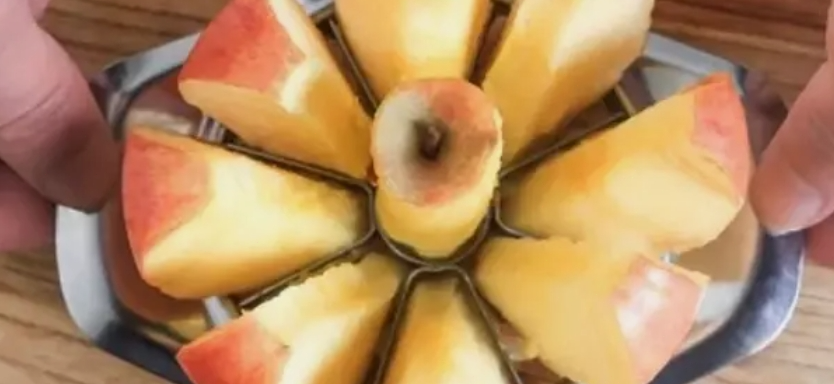Tool is an indispensable tool in life, in the long history, it is not only one of the basic tools for human survival and development, but also a symbol of culture and civilization. There are many different types of knives with different functions, from simple scissors to complex multi-functional kitchen knives, each containing wisdom and skill.
In the kitchen, the use of knives is very important. Chefs often emphasize the sharpness of knives and the importance of mastering technique. A sharp knife can not only improve the efficiency of cutting, but also protect the integrity of the ingredients. When cutting vegetables, the quality of the knife directly affects the taste and visual effect of the dishes. For example, using the right knife when cutting meat can better retain the tenderness of the meat, so that the taste of the food is more rich.
In the production of handicrafts, the role of knives can not be underestimated. From wood carving to leather goods, every process requires precision tools to achieve the desired results. In the process of production, the craftsmen have extremely high requirements for the tool, and the material, shape and use of the tool directly determine the quality and beauty of the work. A suitable carving knife can perfectly present the meticulous process and convey the craftsman's ingenuity and artistic pursuit.
The knife is not only a tool, it also carries the heritage of culture. In the traditional crafts of many places,the production and use of knives have a deep cultural background and unique techniques. The shape,pattern,material,etc.,often reflects the history, customs and people's life wisdom of a place. The inheritance and innovation of knives make this ancient tool constantly evolve and integrate into all aspects of modern life. With the development of science and technology, the design and materials of tools are constantly updated.




